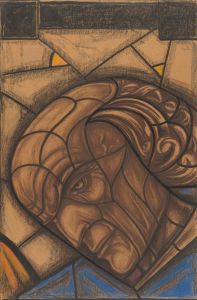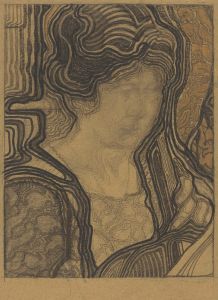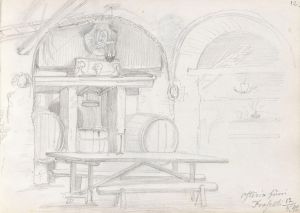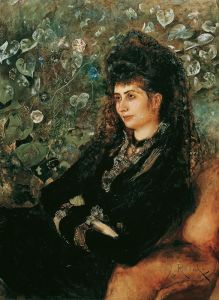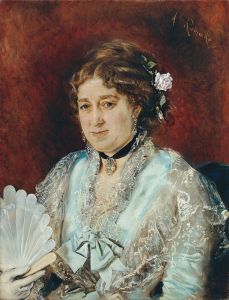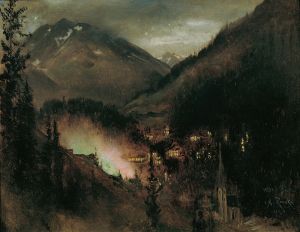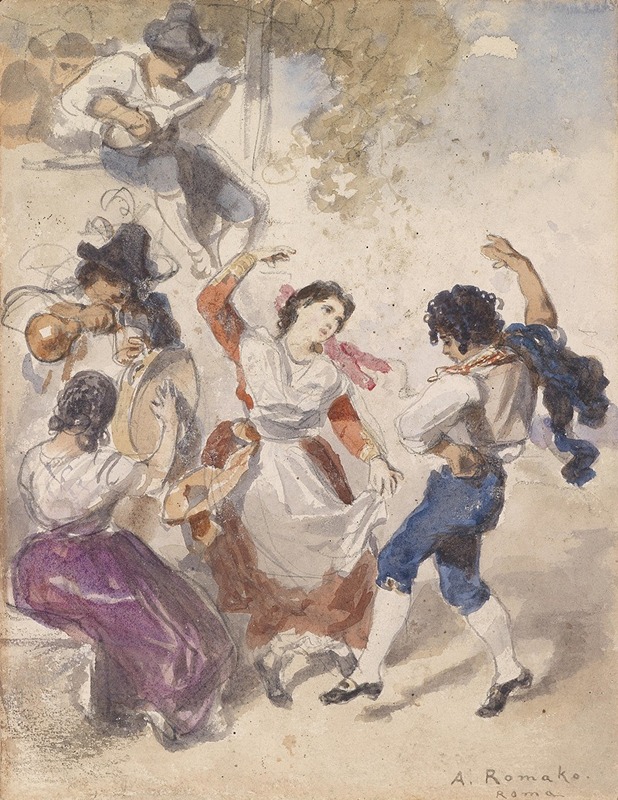
Tarantellatänzer
A hand-painted replica of Anton Romako’s masterpiece Tarantellatänzer, meticulously crafted by professional artists to capture the true essence of the original. Each piece is created with museum-quality canvas and rare mineral pigments, carefully painted by experienced artists with delicate brushstrokes and rich, layered colors to perfectly recreate the texture of the original artwork. Unlike machine-printed reproductions, this hand-painted version brings the painting to life, infused with the artist’s emotions and skill in every stroke. Whether for personal collection or home decoration, it instantly elevates the artistic atmosphere of any space.
Anton Romako's painting Tarantellatänzer (translated as Tarantella Dancers) is a work by the Austrian artist, who is best known for his contributions to 19th-century portraiture and historical painting. Romako, born in 1832 in Atzgersdorf, near Vienna, was a prominent figure in Austrian art during his time, though his work was not widely appreciated until after his death in 1889. His style is often characterized by a blend of realism and expressionism, with a focus on psychological depth and emotional intensity.
Tarantellatänzer depicts a scene inspired by the traditional Italian tarantella dance, a lively and rhythmic folk dance that originated in southern Italy. The tarantella is often associated with themes of joy, celebration, and cultural identity. In Romako's painting, the dancers are captured in dynamic poses, conveying the energy and movement of the dance. The composition reflects Romako's interest in human interaction and his ability to portray complex emotions through body language and facial expressions.
The painting is notable for its use of light and color, which Romako employed to create a vivid and engaging atmosphere. His brushwork, while not as polished as that of some of his contemporaries, adds a sense of immediacy and vitality to the scene. This approach aligns with Romako's broader artistic philosophy, which often prioritized emotional resonance over strict adherence to academic techniques.
While Romako achieved some recognition during his lifetime, his unconventional style and departure from traditional academic norms meant that his work was often misunderstood or overlooked by critics and patrons. It was only in the 20th century that his contributions to art were reassessed, and he came to be regarded as a precursor to modernist movements.
The exact date of creation for Tarantellatänzer is not well-documented, and specific details about its provenance or current location are unclear. However, the painting remains an example of Romako's ability to capture the spirit of his subjects and his interest in exploring cultural themes through art.
No further detailed information about Tarantellatänzer is available in historical records.





